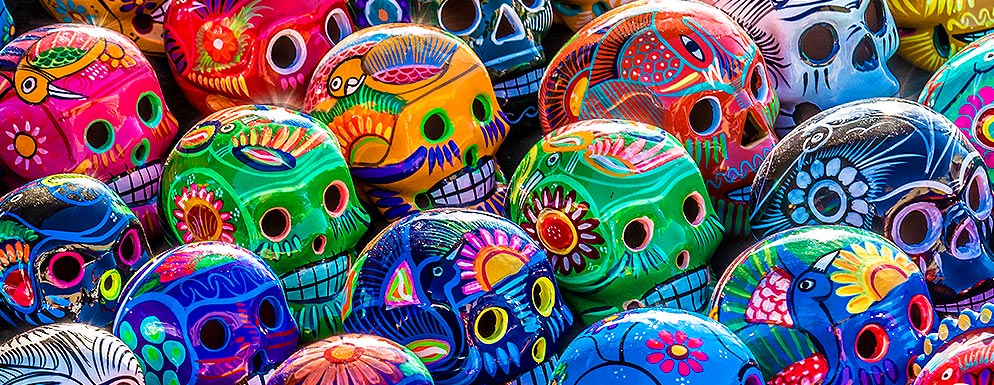Tense times ahead for Mexico

The central bank’s hair trigger won’t solve Mexico’s challenges.
The Mexican economy has essentially been a two-part tale lately: oil and services. The oil sector has been reformed for the better during President Pena Nieto’s term. But the reforms have nevertheless been overwhelmed by the sheer extent of the oil price drop. It is weakening exports, reducing tax revenues and hurting growth to the extent that the sector now accounts for around 4% of GDP, much less than in the past.
Meanwhile services, and in part manufacturing, have helped bolster the majority of the economy that is outside the oil sector, with growth of nearly 4% in the first half of the year. So, while we read a lot of headlines about oil, it is actually the rest of the economy that tells you the real story.
The economic outlook looks pretty predictable. Inflation is forecast to drop this year and next, which should allow the central bank to start cutting interest rates from their current levels of 7%. It was clear from my meetings with the central bank that, as long as the peso is stable, that they think inflation will drop more quickly than the market is currently expecting. The one thing that might blot the economic copy book is politics, both at home and abroad.
Next year’s presidential elections will be a big test for the future economic ideology of Mexico.
Next year’s presidential elections will be a big test for the future economic ideology of Mexico. The current leader in the polls is the National Regeneration Movement Party’s Andres Manuel Lopez Obrador (AMLO). This anti-Trump, left wing populist politician is riding high on a desire for change from Mexicans. The international investment community seems to think that he will moderate his views if he wins but they are seriously underestimating the mood on the ground. When you visit the country it is pretty clear that voters want something different from what they have had previously. The themes defining the election are corruption, nepotism and crime; and voters, at this stage, are buying into what AMLO is offering. It was clear from my visit that there were some significant, local investors who were intending to vote for him.
There is a lot yet to play out in the election – the major parties have not even nominated their candidates yet – but investors could yet be reminded that populism is not the sole preserve of western democracies.
What an AMLO President means for the economy is unclear. But it could be a big break from the orthodox, market-friendly lineage of Mexican administrations in recent years.
Any market fears about this change will be expressed swiftly through the currency. This would not be treated as much of a problem in most developed markets where central banks are generally more concerned with inflation than the currency. But memories of the 1994 Tequila Crisis still run deep in Mexico, with weakness in the peso being thought of as a precursor to something more ominous. This means that the central bank intervenes in the currency pretty much any time there is an abrupt sell off. This ingrained sensitivity could mean an AMLO win sets off a series of economically damaging, and quite possibly unnecessary, knee jerk reactions from the central bank.
This takes us to the other political concern: Mr Trump. His threat to scrap NAFTA earlier this month has triggered a sharp sell-off in the currency (to around 19 pesos to the dollar). Mexico’s central bank has predictably reacted by intervening in the currency market. If the currency continues to get worse then it is almost inevitable that the central bank will hike. Fears about NAFTA being scrapped last year pushed the currency to 22 pesos to the dollar. That gives a sense of how much further the currency can still fall based on concerns about the future of the trade deal.
In many ways, Mexico is the poster child of a mature emerging market central bank.
In many ways, Mexico is the poster child of a mature emerging market central bank. They are largely independent, have a sensible inflation target, are open and generally do act in line with their official communications. But the currency should not be a central bank’s number one concern in an open economy.
Unfortunately Mexico’s sensitivity to sharp currency sell offs is really their Achilles Heel. The market knows the currency is the central bank’s primary focus and that they will always act to stabilise it. There could be some political surprises in store next year that will test the central bank. So like them, do not take your eyes off the currency any time soon.
Author
Andrew Stanners
Investment Manager, Fixed Income – EMEA

